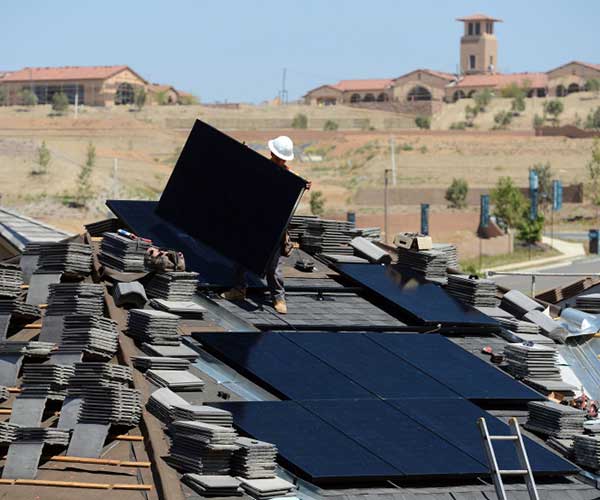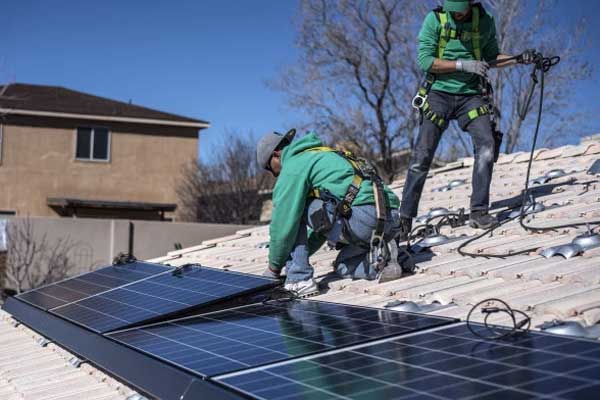- California will spend $1 billion on low-income, multifamily solar.
- Ottawa startup’s smart grid AI to open the door to more clean energy – and lower hydro bills.
- It’s now cheaper to build new renewables than it is to build natural gas plants. These and more, in today's top stories.
California is ready to spend $1 billion over the next decade on rooftop solar installation for low-income residents.
In December, the California Public Utilities Commission (CPUC) approved the creation of the Solar on Multifamily Affordable Housing (SOMAH) program. Funded by the statewide greenhouse gas cap-and-trade program, it will provide $100 million in annual solar installation incentives for the owners of affordable multifamily buildings.
Zimbabwe’s biggest mobile operator, Econet Wireless is having Tesla batteries installed at its base stations around the country as a backup to electricity shortages currently hitting the country.
The power utility company, Zesa (Zimbabwe Electricity Supply Authority), early this year, introduced 18-hour long load shedding schedules to contain the situation as it is producing less electricity due to low water levels in Lake Kariba, the country’s largest source of power, exacerbated by drought.
Clean energy has reached a tipping point: It’s now cheaper to build and use a combination of wind, solar, batteries, and other clean tech in the U.S. than to build most proposed natural gas plants.
Utilities want to spend $90 billion to build new gas plants and $30 billion to build new gas pipelines—but if they used renewables instead, consumers could save $29 billion in electricity bills, according to a new report from the nonprofit Rocky Mountain Institute.
An Ottawa company’s artificial intelligence solution could help reduce the hydro bills of some local businesses thanks in part to a funding boost from a federal government fund.
BluWave-ai announced Thursday it’s getting $2.43 million from the feds’ Sustainable Development Technology Canada fund. The money is part of a $6-million project to reduce greenhouse gas emissions from energy grids, with support from Hydro Ottawa and utilities in Prince Edward Island and India.














Comments